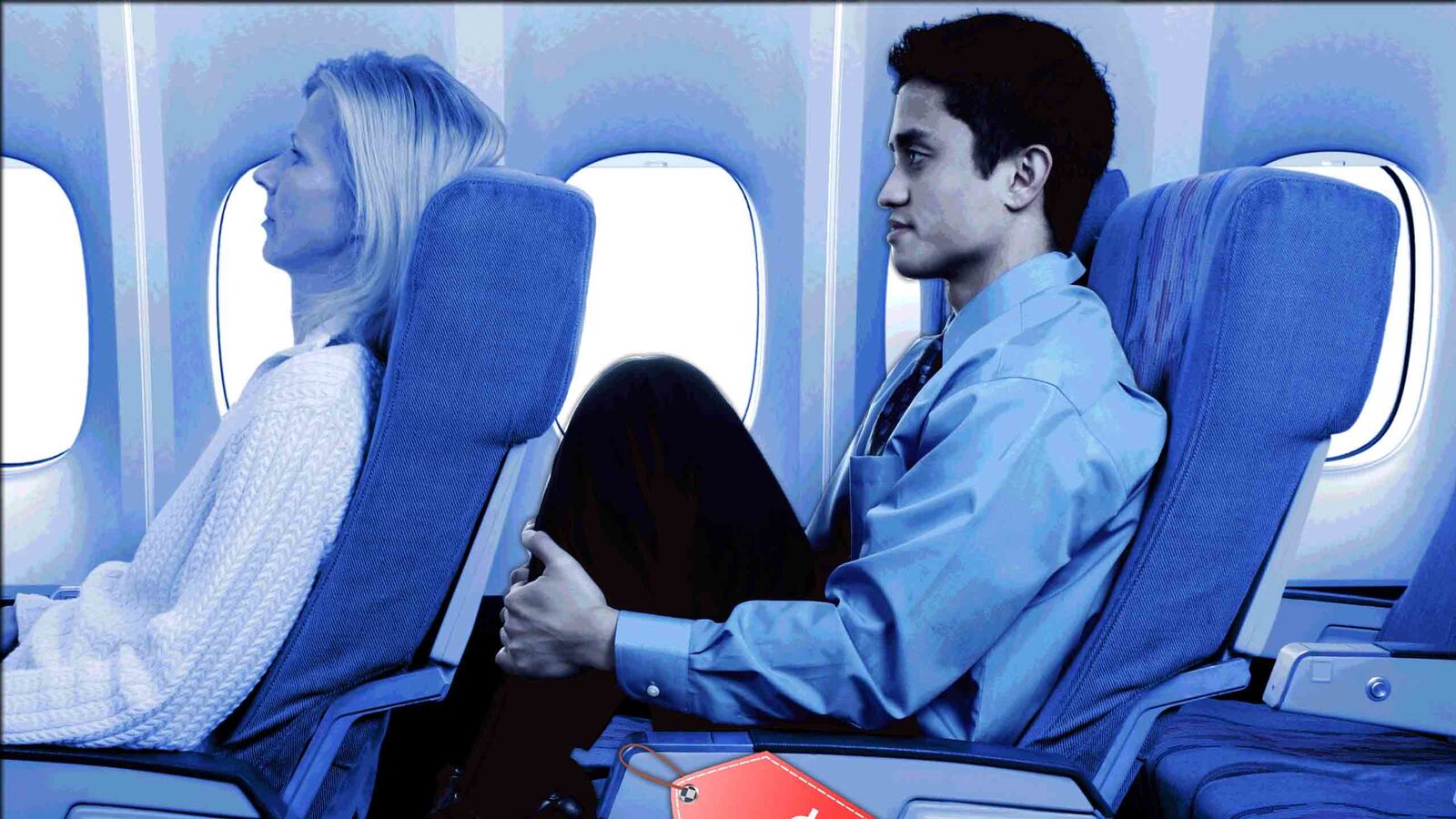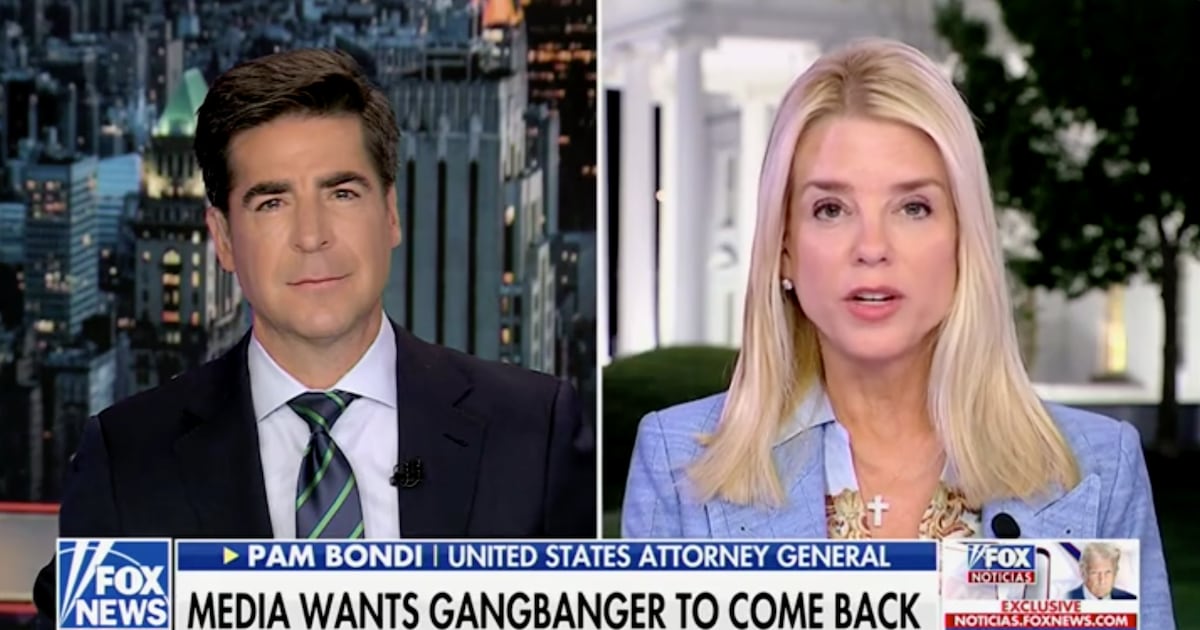Apart from proctologists, the only people to put a price on your butt are the airlines. Unlike proctologists, they are always looking for new ways to cause pain.
Here’s their latest idea, about to be rolled out in April by the three major U.S. carriers, United, American, and Delta: Sell the worst seats in the airplane at what looks like a discount and increase the price of the others.
This travel season marks the introduction of a new class, “basic economy.”
When airlines announce something new it always pays to look at the language more carefully. In this case each of the airlines has its own euphemism for their latest innovation: for United it’s the “lower fare option”; for Delta simply “lower cost”; for American “a new set of attributes”—this last one is really weird. I’ve always assumed that “attributes” implies positive qualities (although in medicine it’s called “a condition of the bodily humors”).
In this case they are taking away attributes, not adding them.
These fares will be, in every sense, the cheapest deal. There is no pre-flight seat choice, no changes, no upgrades, no switch to another airline if the flight is canceled, and you are in the last group to board—and no full-sized carry-on bag, just a small “personal” bag. (American does offer a seat assignment at check-in for an extra charge if you request it no earlier than 48 hours before departure.)
Consider the full picture: You will be getting the seats nobody else wants, mostly middle of the row in the back or next to a toilet or bulkhead. This might work if you’re traveling on your own but it means that if you are a couple or a family you will probably be dispersed over several rows.
The strategy behind this is not to give you a bargain. The airlines are now slicing the economy cabin three ways—between premium economy (a growing segment on some airlines where you pay top dollar for a tad more room), regular economy, and basic. In reality this is establishing three price points for one cabin and, at the same time, a way of disguising a price rise.
For example, in March, before the introduction of basic economy, the United regular economy one-way fare between Los Angeles and Minneapolis was $327. In April that jumps to $424, while the new basic fare is $290. You can be sure that in the summer all the fares will go up and, given that fares are fixed daily according to complex algorithms geared to capacity and demand the airline will be getting more revenue out of the back of the airplane.
This change is partly a response to competition from three low-cost airlines, Spirit, Allegiant, and Frontier.
And in some respects on United, American, and Delta, even if you’re in the new class, you will have an advantage over the budget airline deal: You still get the free snack and beverage, which the discounters don’t provide, as well as more legroom. (Spirit has the tightest legroom in the business.)
But the no-frills airlines’ fares are usually a lot lower. For example, in April the Spirit one-way fare from Boston to Fort Lauderdale is just $150. And Southwest—which is not a no-frills airline because it doesn’t charge for extras like bags, snacks, and beverages—will not change its successful one-class business model. It has a seat sale from New York-area airports where, for example, the one-way fare between Long Island McArthur airport and West Palm Beach is $118.
This summer’s fare games are playing out against a profound change in the health of the domestic airline business. In 2016, for the first time, the number of passengers carried in a year broke the 800 million mark—it was actually 823 million. That’s an increase of more than 3 percent over 2015.
When financial analysts look at the business they judge its efficiency (and profitability) on how tightly capacity is managed. In other words, how many seats get filled on each flight. Last year 83.4 percent of seats were filled. That describes what many passengers already know: Many flights are full.
Only a few years ago that number was around 74 percent. And before the series of mergers that left us with the dominant three, United, American, and Delta, this was a business that investors shunned—notoriously cyclical and with very narrow profit margins. The shrewdest of all investors, Warren Buffett, called it the “death trap sector.”
No more. Buffett has invested at least $1.2 billion spread between the four largest airlines, United, American, Delta, and Southwest.
In a study published in the Harvard Business Review, Martin Schmalz, assistant professor of finance at Michigan’s Ross School of Business, has gone behind the numbers to reveal that the top of the domestic airline business has now attained, almost by stealth, all the characteristics of an oligopoly.
Strikingly, he revealed that collectively a small group of large institutional investors have gained voting control of all four airlines. These include BlackRock, Vanguard, State Street, PRIMECAP, and J. P. Morgan Asset Management.
If the same people, through their cross-investments, crunch the numbers for all four airlines to watch their performance, does that influence the price you pay for an airline ticket?
Schmalz says, “Common owners don’t need to explicitly tell their portfolio firms, ‘I d like to see them boost their fares but also cut capacity’ (although some of them do). In fact, not saying anything about competition might be precisely how common owners cause higher prices.”
Therefore it is natural to assume that this group of investors would act as one in what they demanded as an appropriate financial return. Not only does that imply that ticket prices would move within a common range. It would also ensure that not one of those four airlines would be allowed to gain at the expense of the others—a sure indication of a rigged market.
But how would such an oligopoly respond to a threat from outside—from an innovative newcomer? Recent history gives more than a clue.
When JetBlue was launched in 2000 the legacy airlines seriously underestimated its chances. But the airline’s founder, David Neeleman, had spotted an opening for a new business model.
Although JFK airport was busy at the morning and evening peak times it was underused during most of the day. JetBlue was granted 75 takeoff and landing slots at JFK, enough to quickly establish a base and build a network. JetBlue also upped the game in cabin service quality with leather seats, generous legroom, live TV, and effusively upbeat flight attendants.
United and Delta, alarmed at JetBlue’s success in quickly building passenger loyalty, responded with their own attempt to mimic Neeleman’s model—Delta with Song and United with Ted. Both flopped. JetBlue is now the sixth largest domestic airline and is expanding into the Caribbean and Latin America.
The legacy carriers were determined never to let that happen again.
When Virgin America was announced in 2004, closely following the JetBlue model, the project was hounded from the start by a political campaign based on spurious protectionist complaints—that Virgin was really a brand extension of Richard Branson’s Virgin Atlantic airline and would act as a predatory foreign interloper.
Finally, in 2007, Virgin America was forced to limit its foreign ownership to 25 percent. But thereafter, even though the airline regularly won awards for service excellence, it was ruthlessly targeted by rivals in a price war that it could not win. With a maximum of 63 airplanes, it never reached the critical mass necessary to survive.
Last year it was acquired by Alaska Airlines in a deal valued at around $4 billion. Alaska will absorb the airline and the airplanes in a merger, but not preserve the brand—last week it announced it would drop the Virgin name in 2019. Branson was aghast: “I genuinely believed they would treasure the brand, treasure the people, treasure the product,” he said, as reported in the Seattle Times, “… and that the last thing they would do would be to rip the heart out of it, which seems like what they are going to do.”
Alaska itself doesn’t have to worry about being knocked off by rivals. It has grown into a regional power in the Pacific Northwest and the whole Pacific littoral. In 2016 it made a net profit of $814 million, its 18th consecutive year of healthy profitability.
There is, however, another predator threatening to ramp up the price of tickets: the Trump administration. If Trump’s first budget for the fiscal year of 2018 is passed as written (albeit a big if) it will shift a large part of the cost of funding airport security, via the TSA, from the federal government to airline passengers and local authorities who run our airports.
At the moment $5.60 of every one-way ticket is the airline passenger security fee—it is capped at $11.20 for a round-trip ticket. Revenue from the fee covers only 37 percent of the $6 billion cost of airport security. Under the Trump budget that proportion would rise to 75 percent. The only way of getting anywhere near that figure would be a hefty rise in the passenger security fee—at least doubling it..
The lobbying group for the major airlines (except Delta), Airlines for America, has cozied up to Trump in the belief that he will provide “visionary” leadership—code for giving them anything they want. But they have choked on the budget proposal:
“Airlines for America stands in firm opposition to tax increases that further burden consumers and risk deterring air travel… we have also seen an all too common trend of diversion of these revenues away from their stated purposes, such as deficit reduction or other sectors of government. Instead of saddling passengers with more taxes, Congress should return the $1.32 billion in diverted TSA passenger security fee revenue…”
It’s touching to know that, for once, the airlines are on the same page as the 2.25 million passengers who fly out of U.S. airports every day, and who have to put up with an industry that seems bent on charging more for less whenever it sees a chance to do so.





